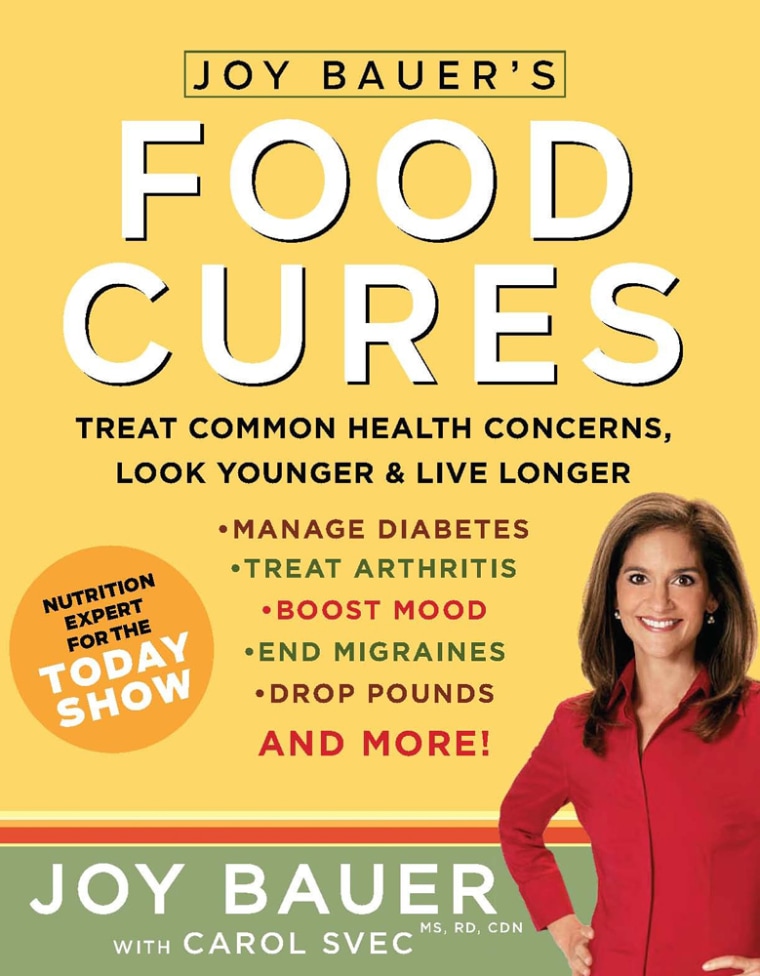Myth No. 1: By following a proper diet and exercise program, you can turn body fat into muscle.
False. Fat and muscle are two separate entities. You must burn fat and build muscle.
When fat is burned, where does it actually go?
When you lose weight (by eating less and exercising more), an enzyme located in fat cells disassembles the fat compounds and sends the components into the bloodstream. Liver and muscle cells take up these components and disassemble them even further, until what’s left is a compound called acetyl-CoA. Acetyl-CoA then enters the Krebs cycle, a series of chemical reactions that takes place in the mitochondria — the cell’s “power plant.”
The end product of this dismantling of acetyl-CoA via the Krebs cycle and subsequent cellular processes is:
Carbon dioxide, which is expelled when you exhale. Water, which is lost as urine and perspiration. Heat, which helps maintain body temperature. ATP, the molecule that fuels cellular activities that require energy.
MYTH No. 2: As you age, your metabolism declines and there is nothing you can do about that.
False. While it’s true our metabolism naturally slows down by about 2-5% per decade after age 40, there are plenty of things we can do to fight back.
Exercise is key.
Engage in aerobic exercise 4 to 5 days a week: It’s obvious that aerobic activities like running, brisk walking, swimming and bike riding burn calories and increase metabolism while you’re working out. But interestingly enough, several studies show that aerobic activities cause your metabolism to stay increased for a period of time after exercising.
Work your muscles: Lifting weights and/or other strengthening activities like push-ups and crunches on a regular basis (at least 2-3 times each week) will boost your resting metabolism 24/7. That’s because these activities build muscle, and muscle burns more calories than body fat. In fact, if you have more muscle, you burn more calories — even sitting still.
When it comes to food, keep your metabolism revved with these three tips:
Eat enough food — at least 1000 calories: Your body and metabolism thrive on food; when you fast, crash-diet or restrict calories below 1000, your metabolism will SLOW down in a response to conserve energy.
Eat every 4-5 hours: Because our bodies work hard to digest and absorb the foods we eat, your metabolism revs in response. This is called the thermic effect of food. Take full advantage and schedule meals and snacks every 4-5 hours.
Incorporate lean protein with every meal:Eating all foods creates a thermic effect and will boost metabolism after consumption. However, the consumption of protein has the absolute greatest metabolic boost when compared to carbohydrate and fat. PLUS, eating the appropriate amount of protein will ensure you’re able to maintain and build muscle mass (the more muscle mass you have, the greater your metabolism).
Daily Protein Requirements: 50% of your weight = daily grams of protein
Some of the best protein sources include: fish, chicken, turkey, lean sirloin steak, skim milk, yogurt, eggs and egg substitutes, tofu and beans.
Myth No. 3: It's better to eat 6 mini meals than 3 squares.
False.This entirely depends on your personal lifestyle and food preference … and as long as your food choices for the entire day are healthy and not too high in calories, either eating style can work. I find many people prefer to eat more volume less frequently because of hectic schedules and/or heartier appetites. If that sounds like you, just be sure your collective daily calories are in check and try not to go longer than 4-5 hours without eating. That’s because your blood sugar may drop, causing low energy, headaches and unnecessary eating in response to feeling blah. Also, be sure to always keep small emergency snacks on hand in case you’re running late for lunch or dinner — perhaps a piece of fruit, nonfat yogurt or baby carrots.
The bottom line: It’s about choosing an eating style that fits with your lifestyle and you can live with!
MYTH No. 4: It's OK to sub a fattening dessert for a meal now and then
True.Call me a disgrace to my profession, but I say YES!
As long as “now and then” means no more than a couple times a month, I think it’s OK to enjoy a Ben & Jerry’s dinner, or a Krispy Kreme breakfast. Chances are, if you deny your craving, you’ll end up eating your regular meal plus the fattening dessert. Better that you cut your caloric losses by allowing yourself to indulge once in a while.
MYTH No. 5: Health professionals recommend people eat 5 to 9 servings of produce a day. It is incredibly hard and unrealistic to work in 9 servings of produce a day!
False. Nine servings may seem like a lot, but a serving isn’t all that large. In the vegetable category, one cup of leafy greens, ½ cup raw or cooked veggies, or 6 ounces of juice count as a serving; for fruit, it’s one medium piece, ½ cup fresh, frozen or canned, ¼ cup dried, or 6 ounces of juice.Here’s a sample day (approximately 1600 calories) that will get you all the way to your goal:

Breakfast: One cup whole-grain cereal with one cup skim milk, topped with ½ cup of blueberries (1 fruit), and a six-ounce glass of calcium-fortified OJ (1 fruit).Lunch: Salad entrée made with 2 cups of lettuce (2 veggies), 1 cup of mixed raw veggies —cucumbers, tomatoes, shredded carrots, etc. (2 veggies). Top this with 5 ounces grilled chicken breast, and dress with a few dashes of olive oil and unlimited balsamic vinegar.Afternoon Snack: One cup of fresh fruit salad (2 fruit) served with a dollop of vanilla yogurt.Dinner: 5 ounces salmon teriyaki, half-cup brown rice, and ½ -1 cup steamed broccoli (1-2 veggies).
Joy Bauer is the author of “Food Cures.”
For more information on healthy eating, check out Joy’s Web site at .
For more weight-loss information from Joy and Self, visit Self.com.